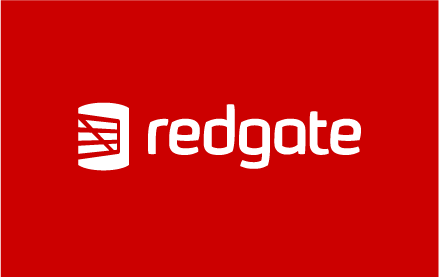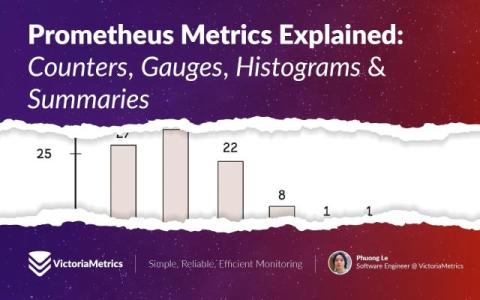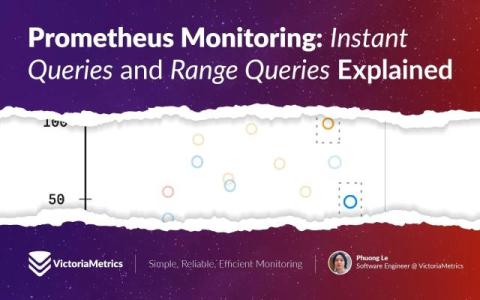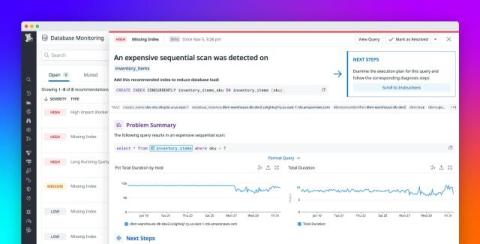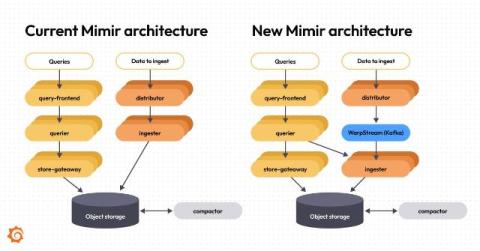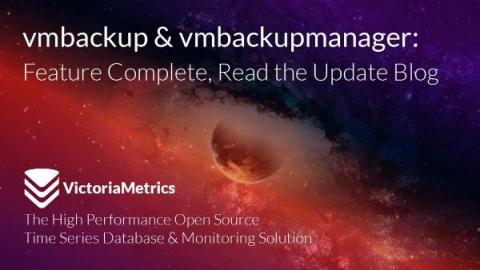Redgate Flyway and Azure DevOps: The Power of Integration
While Azure DevOps offers a solid framework for application development, integrating Flyway into this setup can greatly simplify and enhance database deployments. In today’s fast-changing database environment, development teams are always looking for ways to improve their deployment processes. While Azure DevOps offers a solid framework for application development, integrating Redgate Flyway into this setup can greatly simplify and enhance database deployments.


